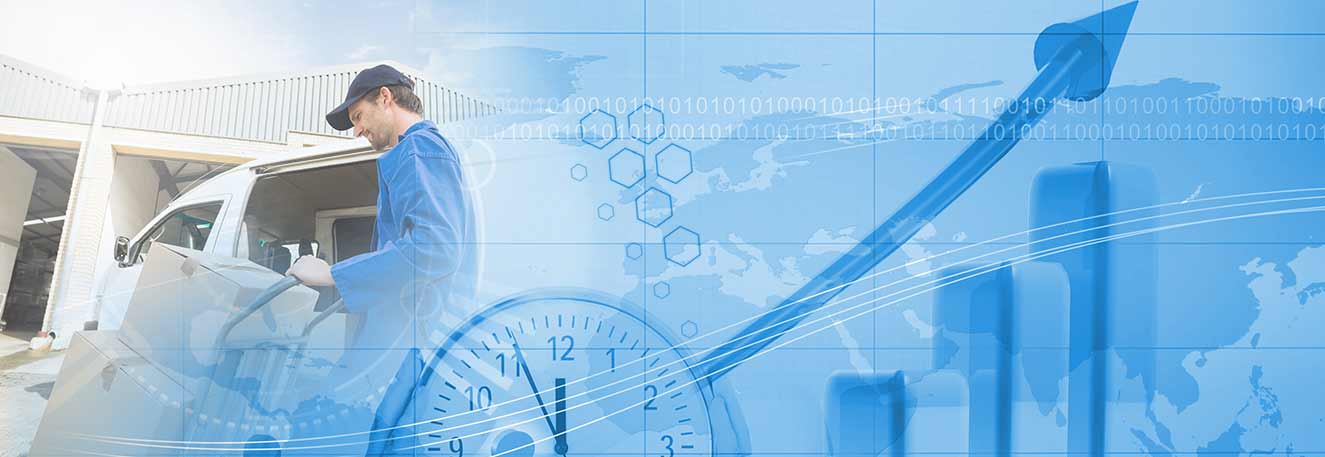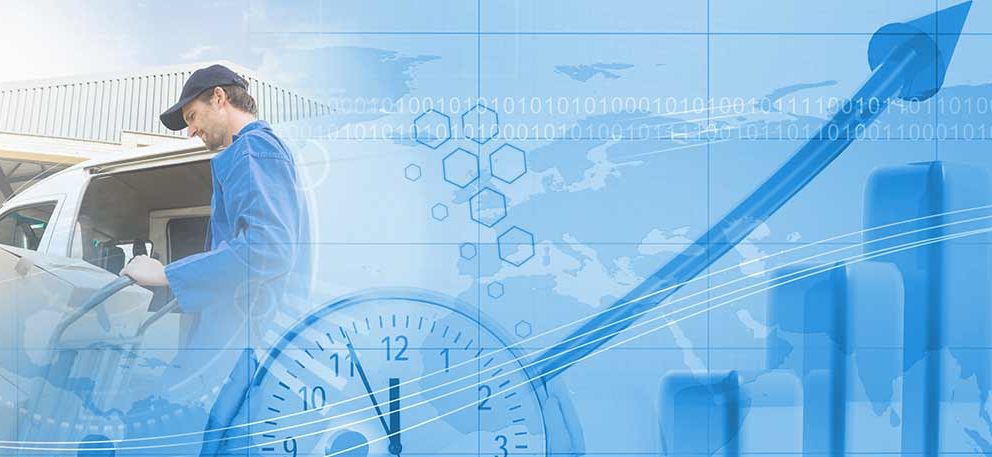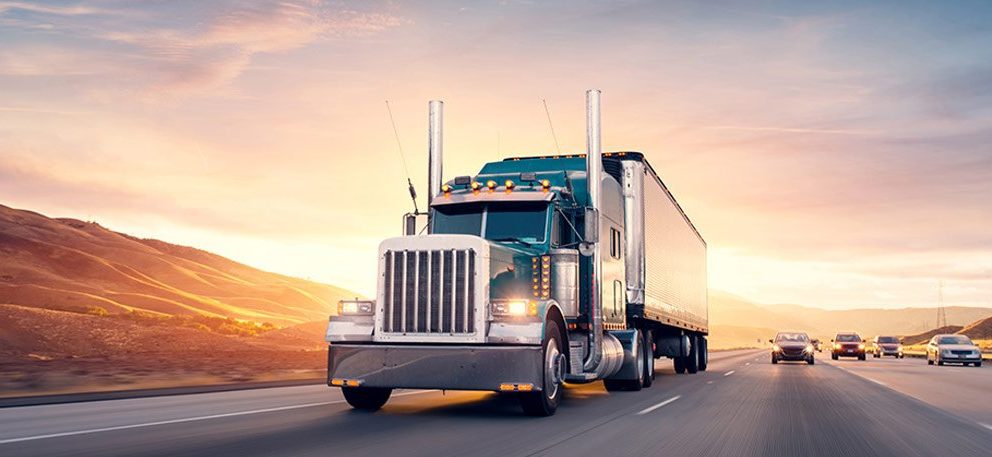- The number of people who have lost their lives to road accident are increasing at an alarming rate with each passing year.
- GPS tracking is no longer an optional feature – it is a must-have in vehicles, which makes the transition to Connected Fleet all the more convenient.
- Road safety can be improved by tracking driver behavior, customizing their training, and staying on top of the vehicle’s maintenance schedule.
As per World Health Organization (WHO), approximately 1.35 million people die each year as a result of road traffic crashes! But with the advent of vehicle telematics – a combination of GPS tacking and Internet – roads can be made much safer. As Connected Fleet managers you can greatly enhance the functionality, productivity and security of both vehicles and drivers using GPS tracking.
What is GPS Tracking?
A vehicle tracking system is basically an electronic device installed in a vehicle to enable the owner or a third party to track the vehicle's location. Most modern vehicle tracking systems use Global Positioning System (GPS) modules to pinpoint the accurate location of the vehicle. Vehicle information can be viewed on electronic maps via the Internet or specialized software.
It is important for Connected Fleet managers to understand how vehicle tracking technology is best introduced as it has a massive impact on its acceptance by the workforce. It should be explained that cases of vehicle theft, unauthorized use and speeding will be detected, but that any penalties will be defined in disciplinary procedures before the system starts. Employees need to clearly understand how the system has been integrated to improve emergency response in case of accidents and protect vulnerable lone workers at the same time.
How Connected Fleet Using GPS Tracking Improves Road Safety
The fact is safety and security should always be your main focus. GPS tracking devices in Connected Fleet will drastically reduce the possibility of road accidents. Apart from deaths, almost 20 to 50 million people suffer non-fatal injuries in crashes, which often result in long-term disabilities. The effect is like ripples in a pond! With vehicle tracking, you get insight into events that phone calls and texts can’t deliver, such as real-time vehicle locations and routing, insight into driving behavior and compliance, and more.
Tracking driver behavior
Having a clear insight into how your drivers perform on the road is essential to keeping costs low, drivers’ safe, and customers happy. Vehicle tracking systems give you access to safety analytics and actionable data you can use to track poor driving habits.
Distracted driving can occur due to several reasons – the driver might have something else on his mind, there might be a hurry to deliver several shipments, etc. GPS trackers in Connected Fleet can be used to effectively communicate and give them turn -by- turn directions, advice about upcoming traffic, weather conditions or obstacles to avoid accidents.
Yet another cause of road accidents is speeding. Road traffic injuries are the leading cause of death among young people aged 5 to 29. Young adults aged 15 to 44 accounts for more than half of all road deaths! Unfortunately, speeding happens to the best of us when we are in a rush. It can be overwhelming for drivers on a strict schedule. Connected Fleet GPS trackers can be set to send speeding alerts, while data about driver performances can be quickly accessed using fleet tracking reports. You need to track drivers’ sudden speeding, acceleration, braking pattern, sharp turns, and so on. When you are trying to determine if unsafe driving practices are being used, the fleet tracking reports prove to be extremely informative.
GPS tracking systems in Connected Fleet helps to pinpoint areas of concern and coach drivers when required. By curbing bad driving behavior, you not only improve road safety but also increase longevity of your fleet through less wear and tear, fewer accidents, and lower fuel costs.
Customizing driver training
As mentioned, vehicle tracking solutions in Connected Fleet help to break down driving behavior that could lead to serious accidents. Through actionable safety data, you can virtually spot trends and patterns of bad driving for individual drivers. Nowadays, many fleet managers are installing dashboard cams to record hours of driving, so they can check necessary information when required. These safety tools give you insight into your fleet’s driving habits no matter its size. You can use the information to customize training sessions for individuals and groups with specific driving habits and reward the good drivers who keep your business safe.
Reducing accidents
The weather plays a crucial role when it comes to road safety. Rainy weather, snow, storms, etc, can create unfavorable conditions, which lead to accidents. In the event that drivers consider it wise to pull over or want to steer clear of going into a bad storm, GPS trackers in Connected Fleet can help.
GPS tracking software in Connected Fleet isn’t just about monitoring vehicles – it lets you guide drivers in unforeseen events and weather conditions you wouldn’t be able to track otherwise. When out on a job or delivery, drivers navigate unfamiliar territory and often in unexpected climate, exposing them to potential risks and accidents. Predictive technology lets fleet managers track patterns and plan around bad weather using map-based risk data. Thus drivers can plan the best and most efficient routes to take by using their in-vehicle devices.
Improving vehicle maintenance
Low and middle income countries have approximately 60% of the world's vehicles, yet they make up 93% of the world’s road fatalities. You can improve road safety by ensuring your fleet is in good shape. Vehicle tracking systems gives you an insight into the Connected Fleet’s health by creating reports about vehicle maintenance. You can set thresholds and custom alerts for pre-trip inspections and maintenance based on odometer readings from the vehicle. You get to monitor and support the fleet’s longevity, while steering clear of costly repairs or unnecessary services that often stem from poorly maintained assets.
Road safety is everyone’s responsibility and GPS tracking can make a huge difference in that aspect. Anstel has come up with innovative GPS tracking solutions in Connected Fleet to ensure safety of drivers on the road, and prevent accidents.








 Global
Global Australia
Australia India
India
